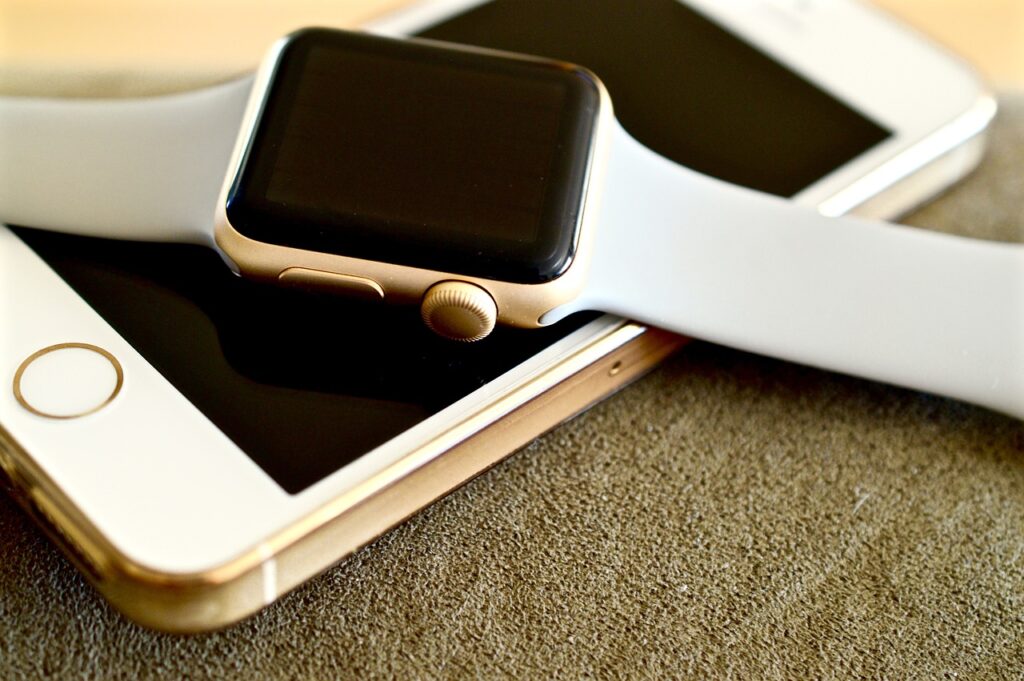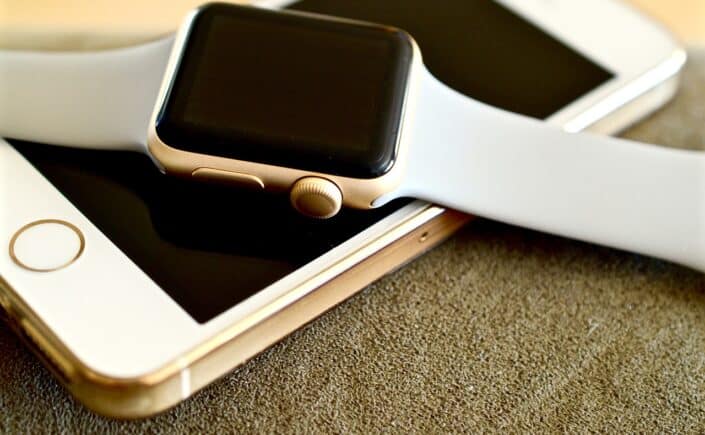In recent years, wearable technology has emerged as a game-changer in various facets of life, including the workplace. These innovative devices provide real-time data that can enhance employee productivity and well-being. By monitoring vital signs, reminding users to take breaks, and facilitating seamless communication, wearable technology aims to create a more efficient and health-conscious work environment. Experts around the globe, like Christopher Linton Alabama, are beginning to recognize the potential of these devices to transform productivity and employee satisfaction.
Types of Wearable Technology for the Workplace
Smartwatches
Smartwatches are among the most ubiquitous forms of wearable technology in the workplace today. They offer a range of functionalities beyond telling time, including notifications for emails and messages, calendar reminders, and fitness tracking. Smartwatches can help minimize distractions and facilitate a more focused work environment by keeping employees connected without needing to check their smartphones constantly.
Fitness Trackers
While similar to smartwatches, fitness trackers are more specialized in health and fitness monitoring. These devices can track steps taken, calories burned, sleep quality, and heart rate. Fitness trackers can be particularly beneficial in the workplace as part of a corporate wellness program. Employers can foster a healthier workforce by promoting physical activity and healthy habits, increasing productivity, and reducing healthcare costs. Furthermore, data from fitness trackers can be used to tailor wellness initiatives to meet employees’ needs better.
Augmented Reality (AR) Glasses
Augmented Reality (AR) glasses are emerging as powerful tools in various industries. These devices overlay information onto the physical world, providing users real-time data and interactive experiences. In the workplace, AR glasses can enhance productivity by offering hands-free access to important information, facilitating remote assistance, and improving training and development processes. For example, in manufacturing or engineering, AR glasses can display assembly instructions directly in the user’s line of sight, reducing errors and increasing efficiency.
Smart Clothing
Smart clothing, or e-textiles, incorporates sensors and other advanced technology into fabric to monitor various physical parameters. Examples include shirts that track heart rate, posture-correcting clothing, and even attire that can adjust temperature. In the workplace, smart clothing can enhance employee safety and comfort. For instance, smart garments can monitor vital signs in physically demanding jobs to prevent overexertion or detect early signs of fatigue. In office settings, posture-correcting apparel can help reduce the prevalence of musculoskeletal problems, promoting a healthier work environment.
Benefits of Wearable Technology
Enhanced Productivity
Wearable technology can significantly enhance productivity in the workplace. Devices like smartwatches and AR glasses allow employees to access information and receive notifications without breaking their concentration to check phones or computers. This streamlined access to data helps reduce distractions and enables workers to focus more intently on their tasks, completing them more efficiently.
Health and Wellness Monitoring
One benefit of wearable technology is its ability to monitor and promote employee health and wellness. Fitness trackers and smart clothing can track physical activity, sleep patterns, and other health metrics. Corporate wellness programs incorporating these devices can improve employee health, reducing absenteeism and healthcare costs.
Improved Safety
Wearable technology can contribute to a safer work environment, particularly in physical labor industries. Smart clothing with built-in sensors can monitor vital signs and detect fatigue, preventing overexertion and accidents. AR glasses can provide real-time data and visual guidance.
Enhanced Communication
Wearable devices can enhance communication within the workplace by ensuring that employees remain connected at all times. Smartwatches and other wearables enable quick and efficient information exchanges through notifications, messages, and alerts. This instant communication can improve collaboration among team members and ensure that important updates or instructions are received promptly.
Personalized Employee Support
The data collected from wearable devices allow employers to offer personalized support and accommodations to their workforce. For example, insights from fitness trackers can help tailor wellness programs to individual needs, while data from smart clothing can optimize workspace ergonomics. This personalized approach improves employee well-being and enhances job satisfaction and engagement.
Future Trends and Predictions
As wearable technology continues to evolve, several trends are expected to shape its future development and impact on the workplace. One trend is integrating artificial intelligence (AI) and machine learning with wearable devices. These advancements will enable more sophisticated data analysis and personalized recommendations, allowing wearables to deliver deeper insights into employee health and productivity. For example, AI-powered fitness trackers could provide customized fitness plans based on individual activity levels and health metrics. At the same time, smartwatches with advanced algorithms might predict and mitigate stress levels by analyzing physiological data.
Another noteworthy trend is the development of more advanced and diverse wearable devices, expanding beyond current offerings such as smartwatches and fitness trackers. Emerging technologies like wearable ECG monitors, smart contact lenses, and even neural interfaces are poised to revolutionize health monitoring and enhance human capabilities. These innovations could lead to improved health outcomes, enhanced communication, and greater productivity in the workplace.
Final Thoughts

Wearable technology presents a compelling opportunity to transform the workplace by enhancing productivity, health, safety, communication, and personalized support. As these devices evolve, their impact on employee well-being and organizational efficiency is expected to grow even more profound. Embracing these innovations will create a healthier and more productive work environment and drive businesses’ future growth and competitiveness in an increasingly digital age.
